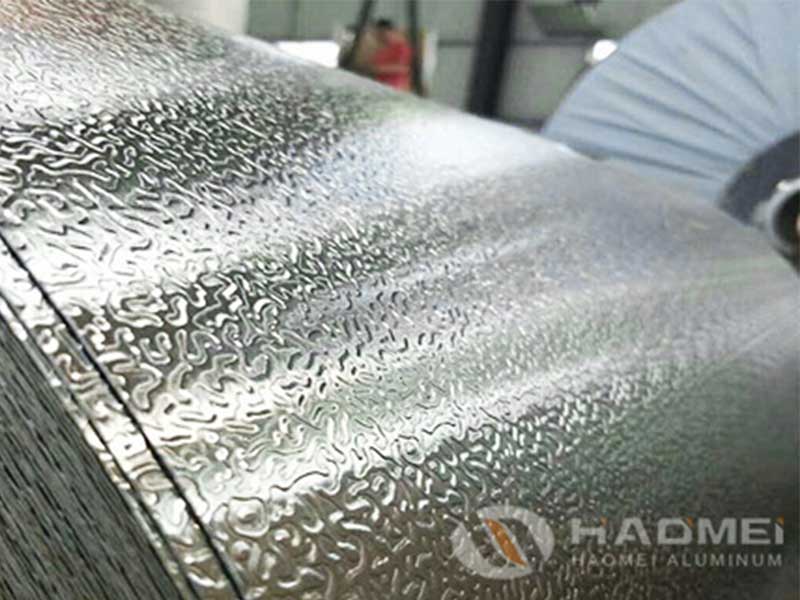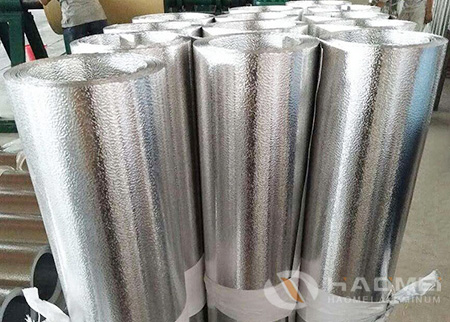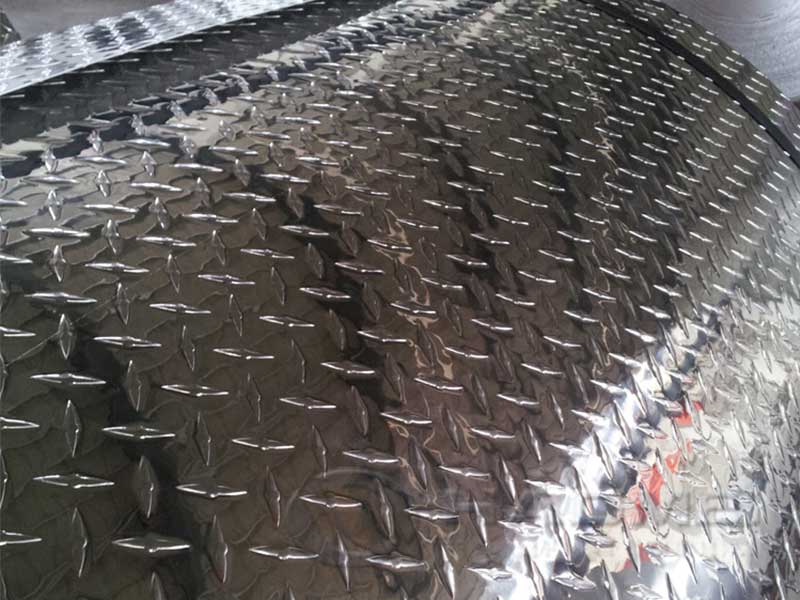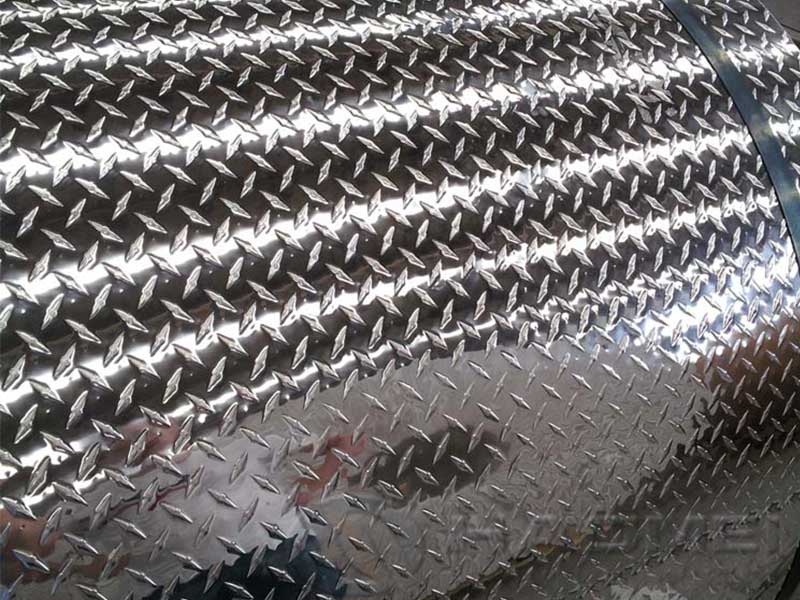In industrial flooring, shipbuilding, and automotive design, the demand for strong, lightweight, and durable materials that maintain safety and performance standards is ever-increasing. One solution that stands out is the Three Rib Pattern Aluminum Plate — a versatile aluminum tread plate famous for its unique ribbed surface that delivers both functional and aesthetic benefits.
What Makes the Three Rib Pattern Aluminum Plate Unique?
Unlike other tread plates adorned with multiple small raised patterns such as diamond or checker patterns, the Three Rib Pattern aluminum plate distinguishes itself with larger, decisive longitudinal ribs (often three pronounced ribs spaced evenly across the width). These ribs function beyond mere visual appeal; they enhance grip, improve slip resistance, and facilitate better load distribution. This makes three rib plates highly preferred in environments that demand superior traction under harsh operational conditions ranging from factory floors to truck beds.
Three-rib pattern aluminum tread plate, while seemingly a simple variation, presents unique challenges and opportunities in manufacturing. The precise extrusion of those three ribs, ensuring consistent height, spacing, and surface integrity across large sheets, is a delicate process. Slight variations in die temperature, aluminum alloy composition, or extrusion speed can lead to inconsistent rib profiles, affecting both the aesthetic appeal and, critically, the anti-slip properties for which the product is intended. We've seen instances where improperly calibrated tooling resulted in uneven rib heights, creating weak points prone to premature wear or even catastrophic failure under load. Furthermore, optimizing the process to minimize material waste while achieving the desired rib depth and sharpness is a constant balancing act.
From a customer perspective, the three-rib pattern offers a good balance between slip resistance and ease of cleaning. It's less aggressive than some higher-rib patterns, making it suitable for applications where debris buildup is a concern, such as walkways in food processing facilities or cleanrooms. However, we've found that end-users often underestimate the importance of proper surface treatment. While the pattern itself provides grip, a consistent anodization or powder coating is essential for long-term corrosion resistance and maintaining the anti-slip qualities, especially in harsh environments. Educating our clients on the interplay between the rib pattern and surface finish is to ensuring customer satisfaction and the longevity of our product.
Technical Depth: Craft and Character
Material Grade & Chemical CompositionTypically, Three Rib Pattern Aluminum Plates belong to the 1XXX, 3XXX, or 5XXX series alloys — depending on specific application needs. The most common for industrial tread plates is 5052-H32, combining excellent corrosion resistance with strength.
Here’s an example chemical composition for 5052 alloy (percentage by weight):
| Element | Composition (%) |
|---|---|
| Aluminum (Al) | Balance (~97.25%) |
| Magnesium (Mg) | 2.2 – 2.8% |
| Chromium (Cr) | 0.15 – 0.35% |
| Silicon (Si) | ≤ 0.25% |
| Iron (Fe) | ≤ 0.4% |
| Copper (Cu) | ≤ 0.1% |
| Manganese (Mn) | ≤ 0.1% |
| Zinc (Zn) | ≤ 0.1% |
This composition delivers a harmonious balance of corrosion resistance and mechanical strength ideal for exposure to marine environments or chemical industries.
Temper Classification & Mechanical Properties
Temper designations like H32 indicate work-hardening and strain relief processes. For 5052-H32 Three Rib Pattern plates, the typical mechanical attributes are:
| Property | Units | Typical Value |
|---|---|---|
| Tensile Strength | MPa | 228 – 277 |
| Yield Strength | MPa | 193 – 241 |
| Elongation (%) | % | ~12 – 15 |
| Hardness (Brinell) | HB | ~65 – 75 |
Such tempering classes provide the perfect mix of strength and ductility — ensuring the ribs sustain impact loads without cracking while firmly gripping footwear or cargo.
Implementation Standards & Dimensional Precision
Manufacturing Three Rib Pattern Aluminum Plates respects international quality and dimensional standardizations such as ASTM B209 and EN 485-2, guaranteeing plate thickness, flatness, and rib imprint precision.
- Plate Thickness: Typically available from 1.5mm – 6mm depending on needed structural support.
- Rib Height & Spacing: Generally, ribs measure 2-3 mm height and are spaced evenly around 50-70 mm apart for optimal trade-off between anti-slip effectiveness and surface area clearance.
- Dimensions: Stock lengths usually range from 2000mm to 6000mm and widths up to 1500mm.
Because of its ribbed surface design, the plates provide advantageous self-draining properties—rotational water or material residue naturally runs off along the ribs, increasing workplace safety and reducing maintenance frequency.
Three Rib Pattern Aluminum Plates are crucial in:
- Walkways, stair treads, ramps prone to moisture or oily contaminants.
- Vehicle or container flooring needing robust anti-slip qualities.
- Bubble-free décor sidings in structural panels looking for durable and industrial-textured aesthetics.
Installation typically allows welding, riveting, or adhesive bonding due to the excellent workability conferred by 5000-series alloys. The plate’s inherent corrosion resistance reduces protective coating requirements thus lowering overall installed costs in many settings.













